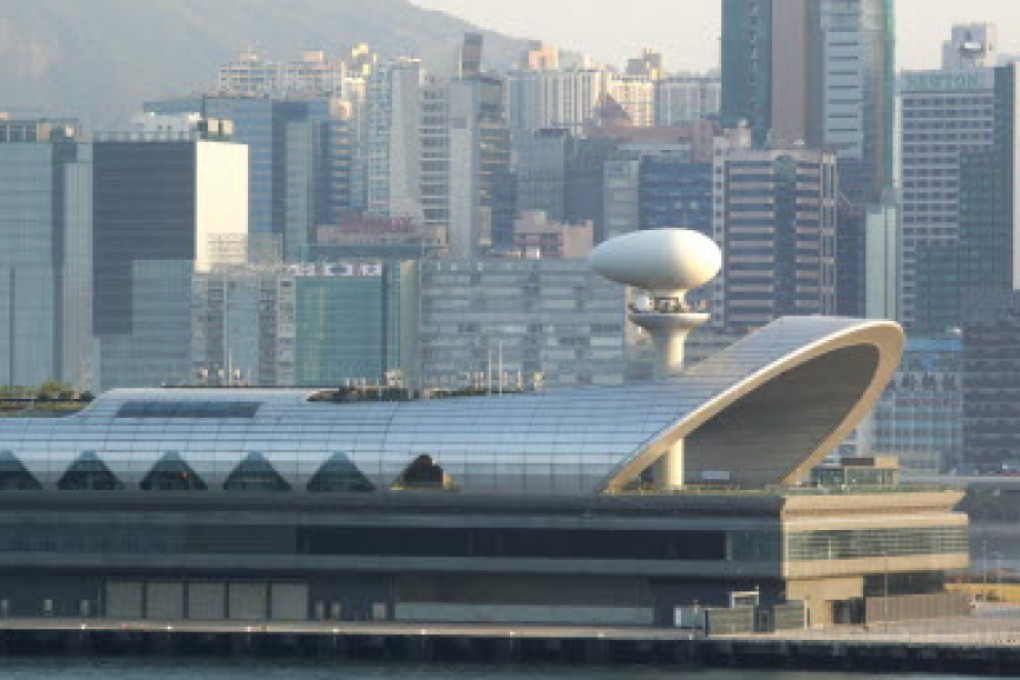Kai Tak Cruise Terminal is a stellar example of government misallocation
Regina Ip says that although the Hong Kong government insists it prefers to let the market allocate resources, the disaster of the Kai Tak Cruise Terminal bears witness otherwise

China's "One Belt, One Road" strategy awakened little interest in Hong Kong after President Xi Jinping put forward the ideas for a Silk Road economic belt in September 2013 while on a visit to Kazakhstan, and for a "21st Century Maritime Silk Road" the following month in Indonesia. Gradually, as news of the establishment of the Asian Infrastructure Investment Bank spread, civil society organisations in support of the initiative mushroomed while talks and seminars on the subject became daily events.
Clearly, Hong Kong should join the infrastructure bank, probably along the lines of its membership in the Asian Development Bank.
Government officials are no doubt working behind the scenes on the format of Hong Kong's participation. Beyond planning its participation in the Asian Infrastructure Investment Bank and canvassing views from business leaders on how Hong Kong could benefit from China's latest mega-strategy, it is unlikely that the government would play a leading role in spearheading Hong Kong's involvement.
Plagued by poor transport links, the facility continues to attract few local visitors, and the deserted lounges and shopping areas attest to its lack of attraction
That is because if the financial secretary's words are to be taken as gospel, the government would refrain from playing any significant role in mapping out Hong Kong's participation.
At a recent international forum on "One Belt, One Road", lifting words from the government's tired, old "free market" playbook, Financial Secretary John Tsang Chun-wah stressed that "we must abide by market rules, and let the market decide what is the most efficient way to allocate resources, to pursue reasonable returns, and to manage risks in a prudent manner. The government, on the other hand, should play the part of a facilitator, and engage itself in a more active role only when the market has found it difficult to operate."
The financial secretary's pronouncements were typical, stock phrases drafted by bureaucrats who have stopped thinking about whether the narrative still rings true or is still relevant. Is it really true that the Hong Kong government has always left it to the market to decide how best to allocate resources and to pursue reasonable returns?
The government can certainly be credited with prudent financial management and risk avoidance (not necessarily a good thing for an economy in need of more dynamic growth), but it is definitely untrue that the government has always avoided intervening in the market or directly allocating resources.
While the government has few "winners" to speak of, it has an unenviable track record of picking "losers". A case in point is the Kai Tak Cruise Terminal. At 850 metres long and three storeys high, ever since the first cruise liner, the Mariner of the Seas, called at the terminal in June 2013, this sprawling, snake-like structure along the Kai Tak waterfront has sparked more and more queries over its underutilisation, whether by locals or tourists.